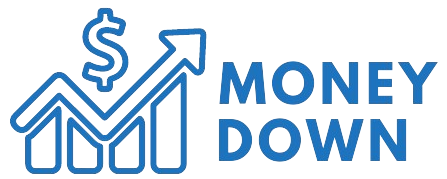Fraudsters demand payment via e-transfer or with unusual methods resembling prepaid bank cards, gift cards or crypto. They also suppress the goal of acting immediately or inside just a few hours. Fraudsters wish to get their hard-earned money into their hands as soon as possible.
Fraudsters can even contact e -mails, text messages and letters to their goals. Regardless of the strategy, fraudsters may be very convincing. You can let you know that your taxes have been checked and that you simply owe money. To sound legitimate, you may recite ID numbers and case numbers. You may know a few of your personal data, resembling your private home address, date of birth or your social security number (SIN). The caller -id in your phone may even show a telephone variety of Ottawa. The Schamer often use technology to make use of “parody” or counterfeits for his or her location. You could actually call from anywhere on this planet.
sponsored
Equifax complete protection
Equifax Complete Protection is a loan and cyber security protection service with which Canadians can recognize the signs of identity fraud faster.
- Offers every day credit monitoring and warnings
- Scans in keeping with your personal data on the dark web
- Monitoring of social media monitoring by industry leader Zerofox
Subscription price: $ 34.95 per thirty days
Pay attention to incorrect offers for reimbursements and benefits
Some fraudsters try the Canadians with the promise of additional benefits and reimbursements as an alternative of trying to present fear in our law -like hearts. Fraudsters didn’t give their network for victims by e -mail and never by phone and wrap essential personal information – including their sin and bank details – under the guise of sending them more cash simply to bleed their checking account dry.
This fraud is shipped to more people since it is way easier to send a mass -e email than to make a whole bunch or hundreds of telephone calls. A red flag for this CRA fraud is when the e -mail begins with a generic “dear taxpayer”, which might never do the true tax survey. If your e -mail address accommodates your name, these fraudsters can even use this within the greeting, but listen to poor spelling and grammar throughout the remaining.
Here are some additional points into consideration in case you ever think that you could have to do with a fraudster that was taken from the Cra website.
The Cra is just not:
- Use a threatening or aggressive language
- For personal or financial information in a voiceemail or e -mail
- Send reimbursements via e-transfer or text message
- Request e-transfers, prepaid bank cards, gift cards or crypto
- If they threaten to arrest, to detain or deport them
- Try to agree a private meeting in public to gather payments
- Raised a fee to talk to a CRA agent
If unsure, ask yourself the next:


